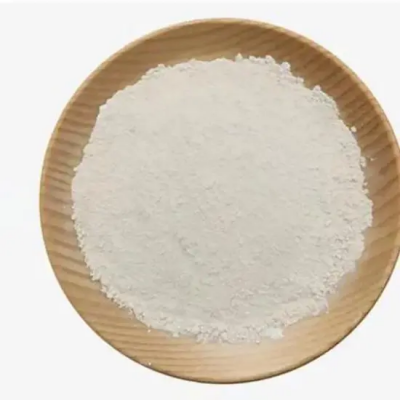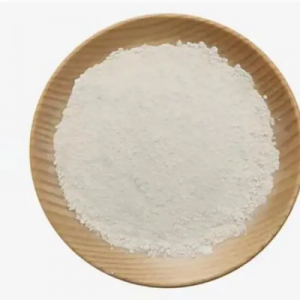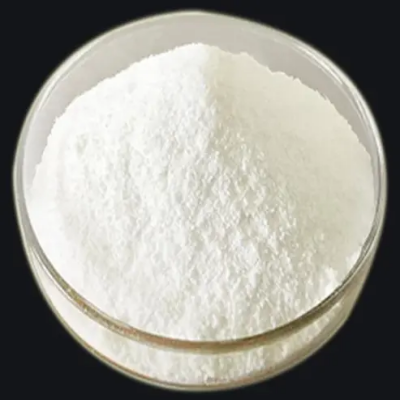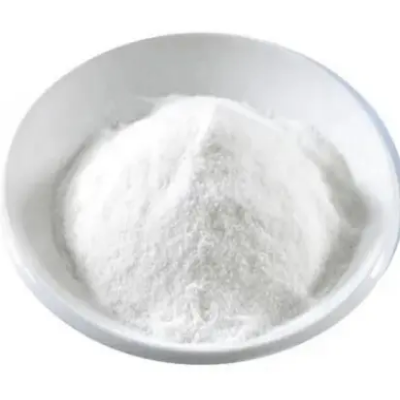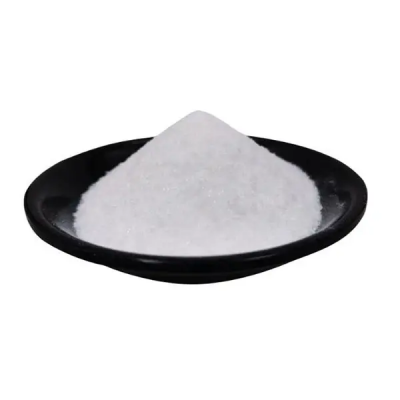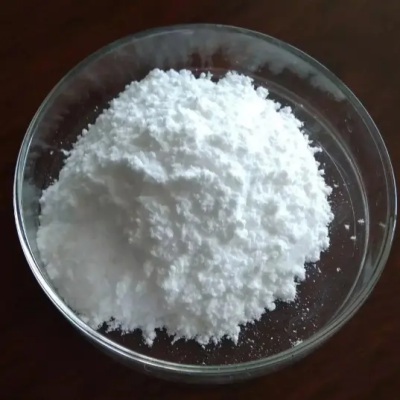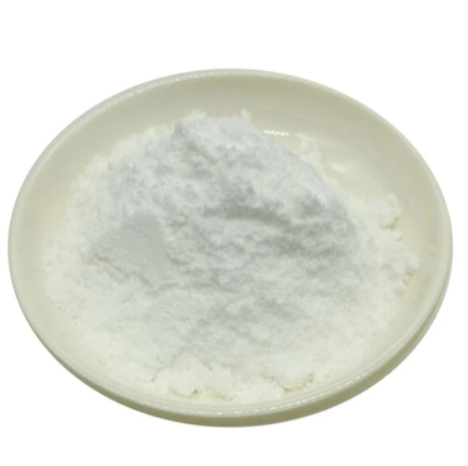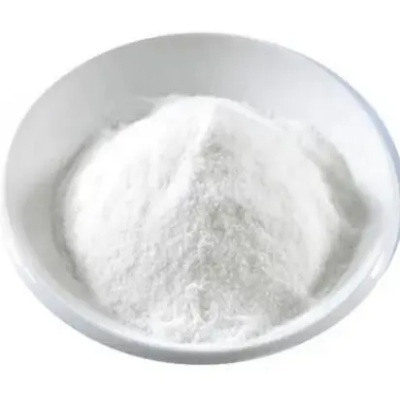1-BROMO-2-BUTYNE CAS:3355-28-0
1-Bromo-2-butyne is typically synthesized from 2-butyne-1,4-diol through bromination. This process involves treating 2-butyne-1,4-diol with hydrogen bromide (HBr) or a brominating agent under controlled conditions to introduce the bromine atom at the desired position. The resulting compound is purified to ensure high yield and purity, suitable for subsequent chemical transformations. Synthetic Routes The synthesis of 1-bromo-2-butyne begins with 2-butyne-1,4-diol, a commercially available starting material. Bromination selectively occurs at the terminal carbon adjacent to the triple bond, yielding 1-bromo-2-butyne. This step is crucial in organic chemistry for accessing terminal alkynes, which serve as building blocks in the synthesis of pharmaceuticals, agrochemicals, and advanced materials. Chemical Reactivity 1-Bromo-2-butyne exhibits notable chemical reactivity due to the presence of both a bromine atom and a triple bond in its structure. It participates in various organic reactions such as Sonogashira coupling, where it reacts with terminal alkynes in the presence of a palladium catalyst to form conjugated diynes. This reactivity broadens its utility in organic synthesis for creating complex molecular frameworks. Applications in Organic Synthesis In organic synthesis, 1-bromo-2-butyne serves as a versatile intermediate for constructing diverse chemical compounds. Its ability to undergo selective transformations into more complex structures makes it indispensable in the development of pharmaceuticals, herbicides, and specialty chemicals. Researchers exploit its unique reactivity to modify molecular backbones and introduce functionalities critical for desired biological or physical properties. Conclusion 1-Bromo-2-butyne stands as a pivotal compound in organic chemistry, bridging fundamental research with industrial applications. Its synthesis from readily available precursors and subsequent use in various organic transformations highlight its importance in modern chemical synthesis. Continued exploration of its reactivity and applications promises further advancements in drug discovery, materials science, and beyond, underscoring its enduring significance in the field of organic chemistry.



| Composition | C4H5Br |
| Assay | 99% |
| Appearance | white powder |
| CAS No. | 3355-28-0 |
| Packing | Small and bulk |
| Shelf Life | 2 years |
| Storage | Store in cool and dry area |
| Certification | ISO. |


